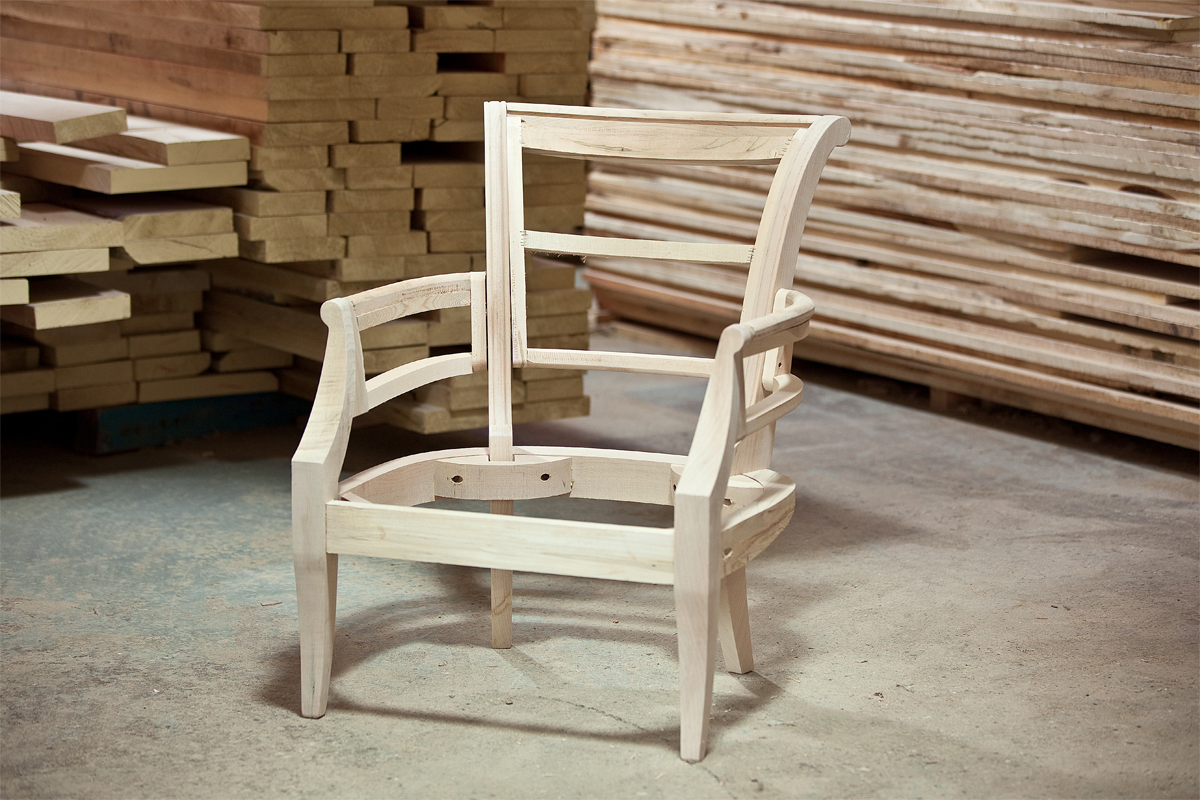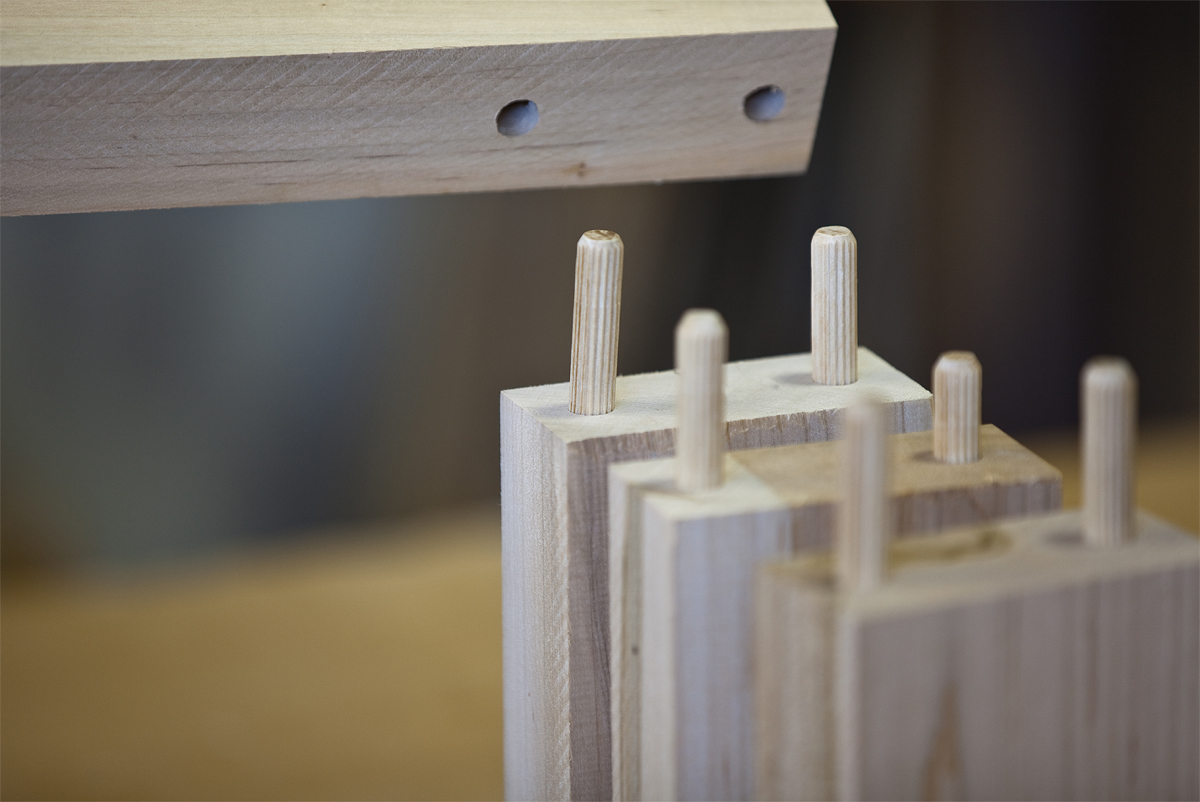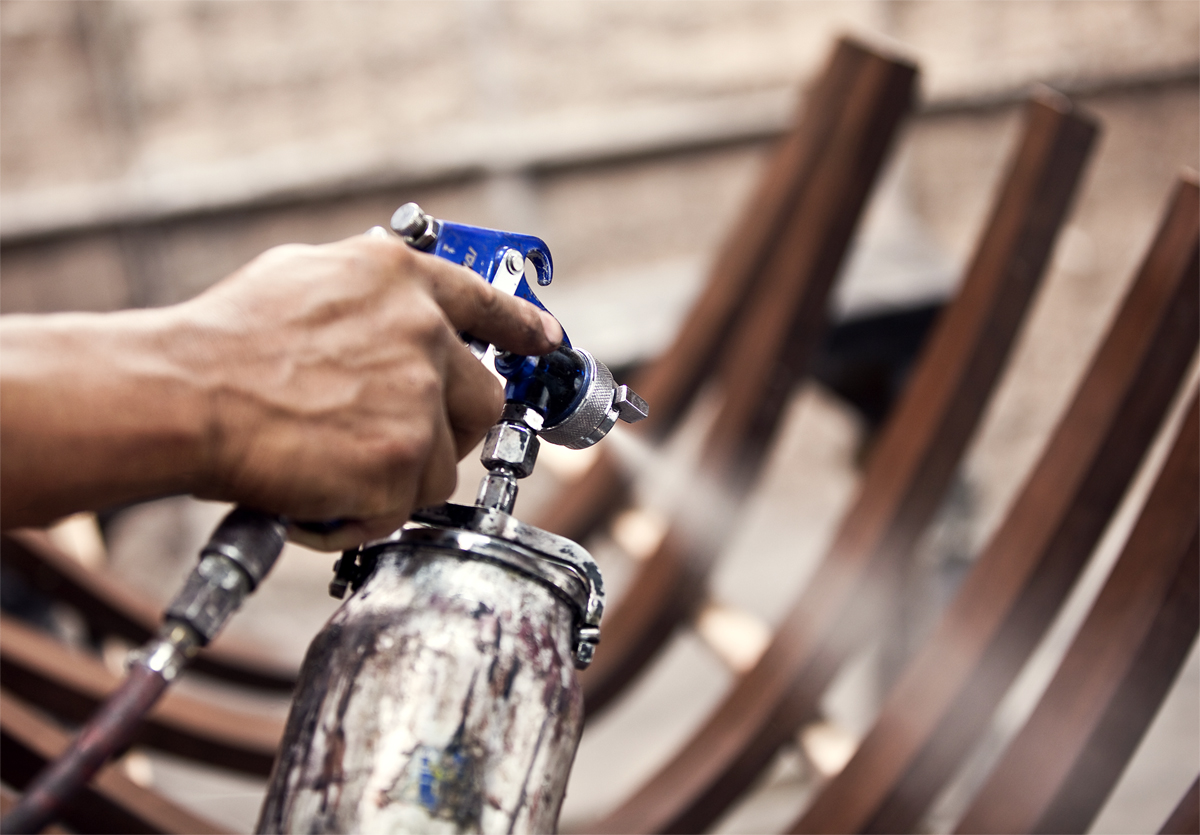
Crafting the perfect chair or sofa begins with the frame. So here are a few pieces of advice for when you are designing furniture fit for royalty.
Three things to consider when designing a frame:
1) Selecting the Wood: Soft Maple is the best wood for furniture frames; it is high quality, durable, and strong (despite being named Soft Maple it is actually a Hard Wood!). Other woods can be used in the process but do not have nearly the sturdiness of Maple to create long lasting frames.
Walnut and Mahogany are used ornamentally (legs & lining) to match older pieces of furniture that were made when they were more commonly used. Similarly, Oak and Birch have beautiful natural grains that can be used in areas of the frame to accent the piece, but should not be used for the entire frame due to risk of cracking over time.
For the best result, Soft Maple that has been kiln dried should be used as the base of the frame, with other woods used for lining or legs of the piece depending on the finished look you would like to achieve.

2) Choosing a Joinery Method: When constructing the frame, options for joining pieces of the structure together include; double dowels, glue, and corner blocks with screws. But which one is the best? We recommend all three!
Even once wood is cut down it is still “living.” Wood expands and contrasts with the moisture in the air, and depending on your climate, pretty significantly. And in order to ensure that the changes the wood goes through don’t affect your custom frame, a collaboration of double dowels, glue, and wooden corner blocks (which expand and contrast with the frame itself) must be used.
Using a joinery method that adapts with the wood itself can add 5-10 years of life to your custom designed furniture.
3) Picking a Finish: When choosing the finish it is important to choose a lacquer or stain that complements the natural strengths of the wood. Some wood species absorb stains at different rates. Maple absorbs stains readily and can be stained to match many tones, making it the choice wood species for a custom stain.

Adding a lacquer finish to the stain adds a sleeker look and creates a surface that is easier to clean off. Similarly, lacquer finishes protect the wood from wear and tear, and the product is less likely to grow mold or crack over time. Cherry, walnut, and oak have a beauty in their natural grain that is brought out by minimum staining and lots of lacquer or Tung Oil.
Applying the finish
There you have it! I hope you learned something valuable to consider when choosing a wood species, joinery method, or finish for your custom furniture frame!



